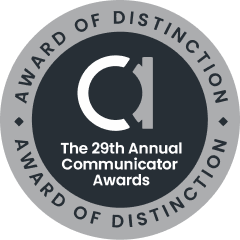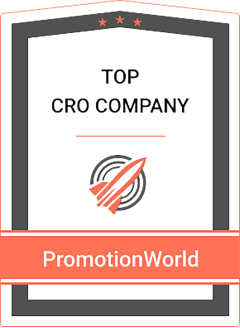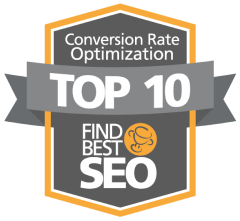While there are many facets to the marketing function in an enterprise, our clients tend to invest in three main areas: branding, lead or ‘demand’ generation, and technical infrastructure. The first two areas are apparent and must utilize the third. The technical infrastructure, or ‘marketing tech stack,’ includes the company’s website, Customer Relationship Management (CRM) system, marketing automation systems, email platform, and integrating these systems, so that information flow is as automated as practical. Assuming the technical infrastructure is already in place, many of our clients want to know the optimum annual budget split between branding initiatives and lead generation. Well, ‘it depends’ as most good consultants will say.
LinkedIn has conducted research suggesting a budget balance of 60% branding and 40% lead gen. HubSpot enjoys broad brand recognition in B2B marketing and is a continuous source of excellent content, including eBooks, videos, and white papers. Additionally, Fast Company, the online media company, has built a world-class brand integrating progressive business news content with advertising services and social engagement.
Large tech companies have ongoing demand generation processes that produce leads for field sales, distributors, or value-added resellers. Their annual marketing budgets will also include a healthy investment in ad spending, tradeshows, and events, all of which reinforce their brand. But what of small companies, which must be more selective?
We advise our clients that some branding is essential, even foundational. However, the branding must be focused. Offering key technical or financial decision-makers in target accounts a white paper is an excellent way to demonstrate thought leadership and drive traffic to your site if they think the source is credible. Now of truth, when a prospect follows a link to your site or searches your company’s name, you want that prospect to see evidence of a vibrant, credible business. Laura Cuttill, the Advertas CMO, maintains “a company’s website is the storefront of the 21st century.” And on that site, legitimacy and thought leadership are demonstrated through webinars, speaking engagements by the company’s technical leaders, conference participation, and publications. These communication outlets are vital sources of brand awareness, which adds value to the target market sector by providing insights to prospective buyers.
So, to answer the question posed in the title above, targeted outreach for demand generation is enabled by the strength of a company’s branding campaigns. To the extent that branding is well established, as with large companies, more of the budget may be shifted to targeted demand generation initiatives, like Account-Based Marketing and drip campaigns. In the case of a new company launch, a reasonable rule-of-thumb is 50%/50% – branding and demand generation.

Hal Green
Director
Hal H. Green is a marketing executive and entrepreneur in the energy industry with more than 20 years of experience in starting and managing technology companies. His particular focus is business strategy, effective selling practices, and field marketing. He has a diverse portfolio of achievements, which span all areas of the hydrocarbon supply chain – from upstream exploration through downstream refining & petrochemical.
Mr. Green attended Texas A&M University, where he received a Bachelors in Electrical Engineering. He later earned an MBA in Information Management from the University of Houston. As Director of Manufacturing Systems for Setpoint, an advanced process control firm in Houston, Mr. Green effectively managed the P&L of this consulting practice. After Aspen Technology acquired Setpoint in January 1996, he continued as Director of Business Development for the Information Management and Polymer Business Units. Throughout his career, Mr. Green has been a proven thought leader, publishing articles in major industry journals.
In 2004, Mr. Green founded Advertas, a full-service marketing and public relations firm serving clients in energy and technology across the energy supply chain – upstream, midstream, downstream and power. In 2009, Geophysical Insights retained Advertas to be their outsourced marketing and business development functions. Dr. Tom Smith, President/CEO of Geophysical Insights, appointed Mr. Green as Director of Marketing and Business Development, in which capacity he still serves today.








